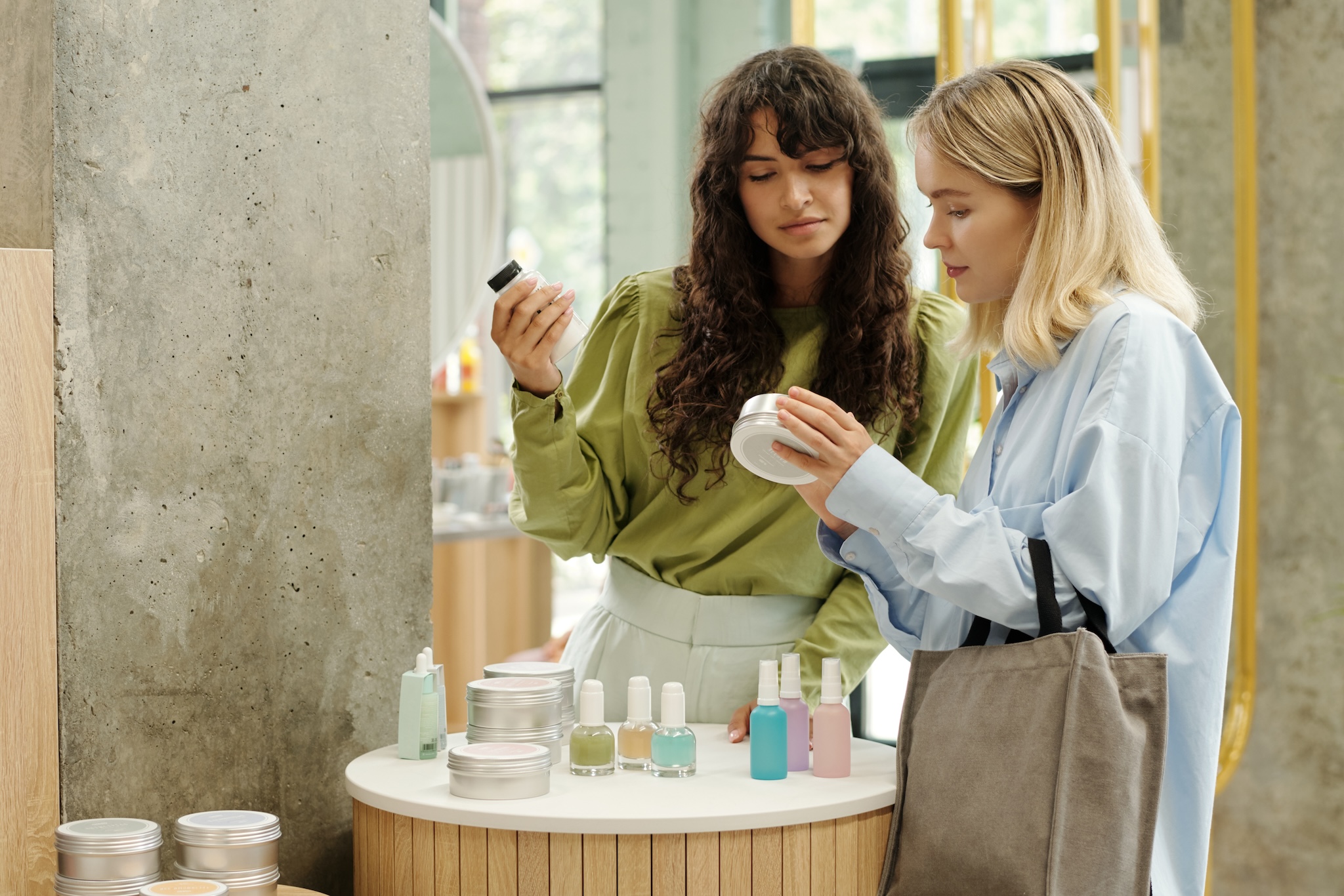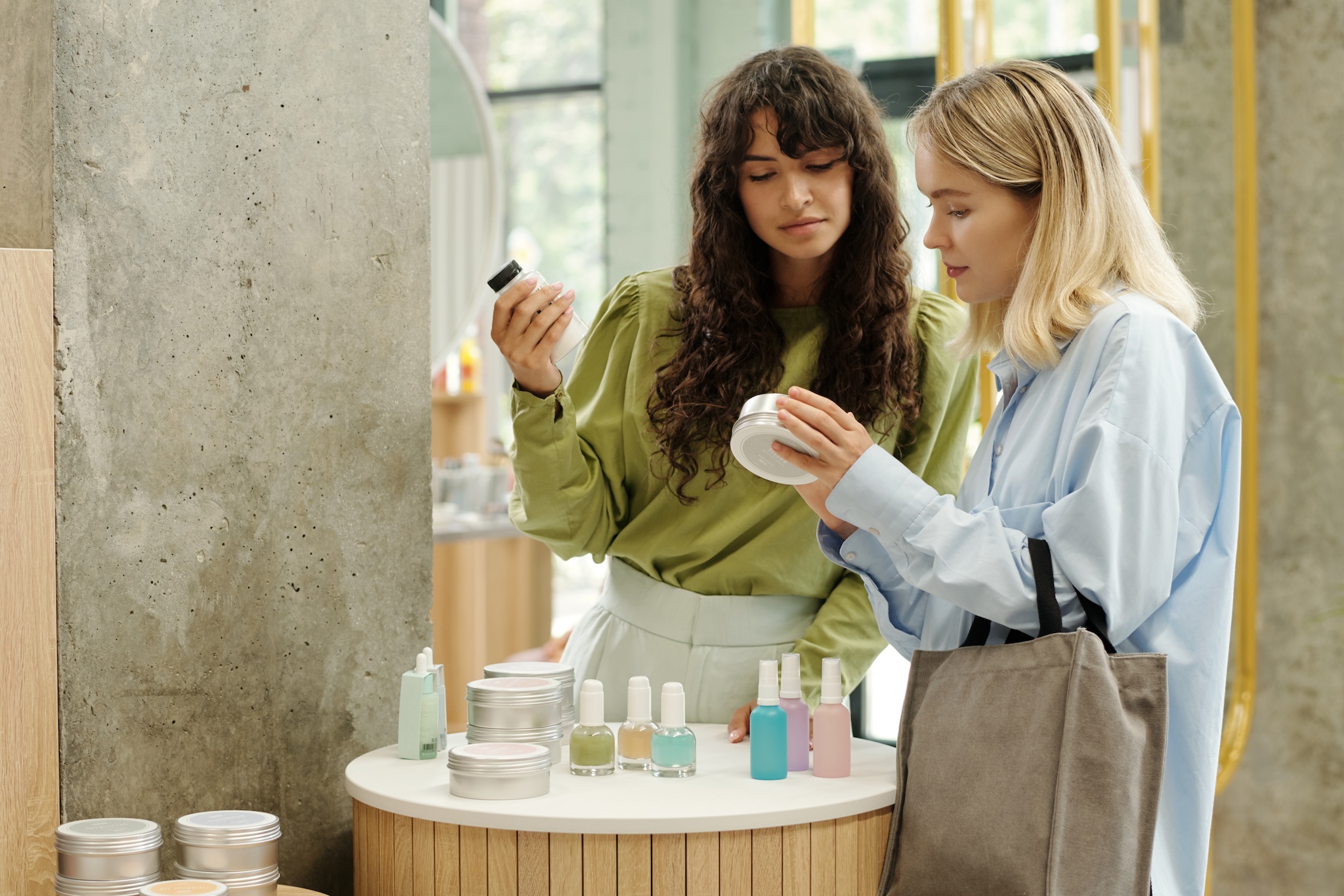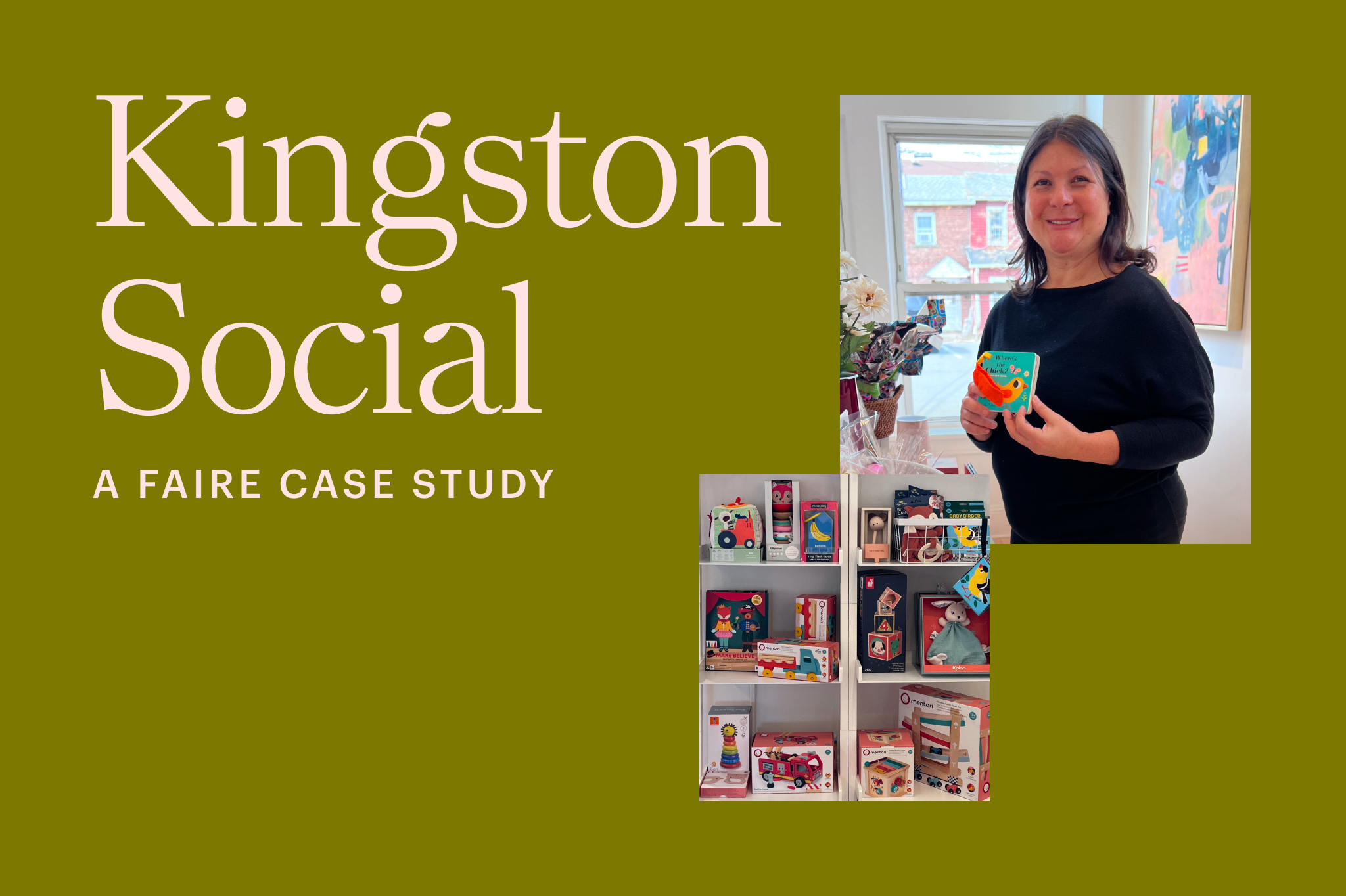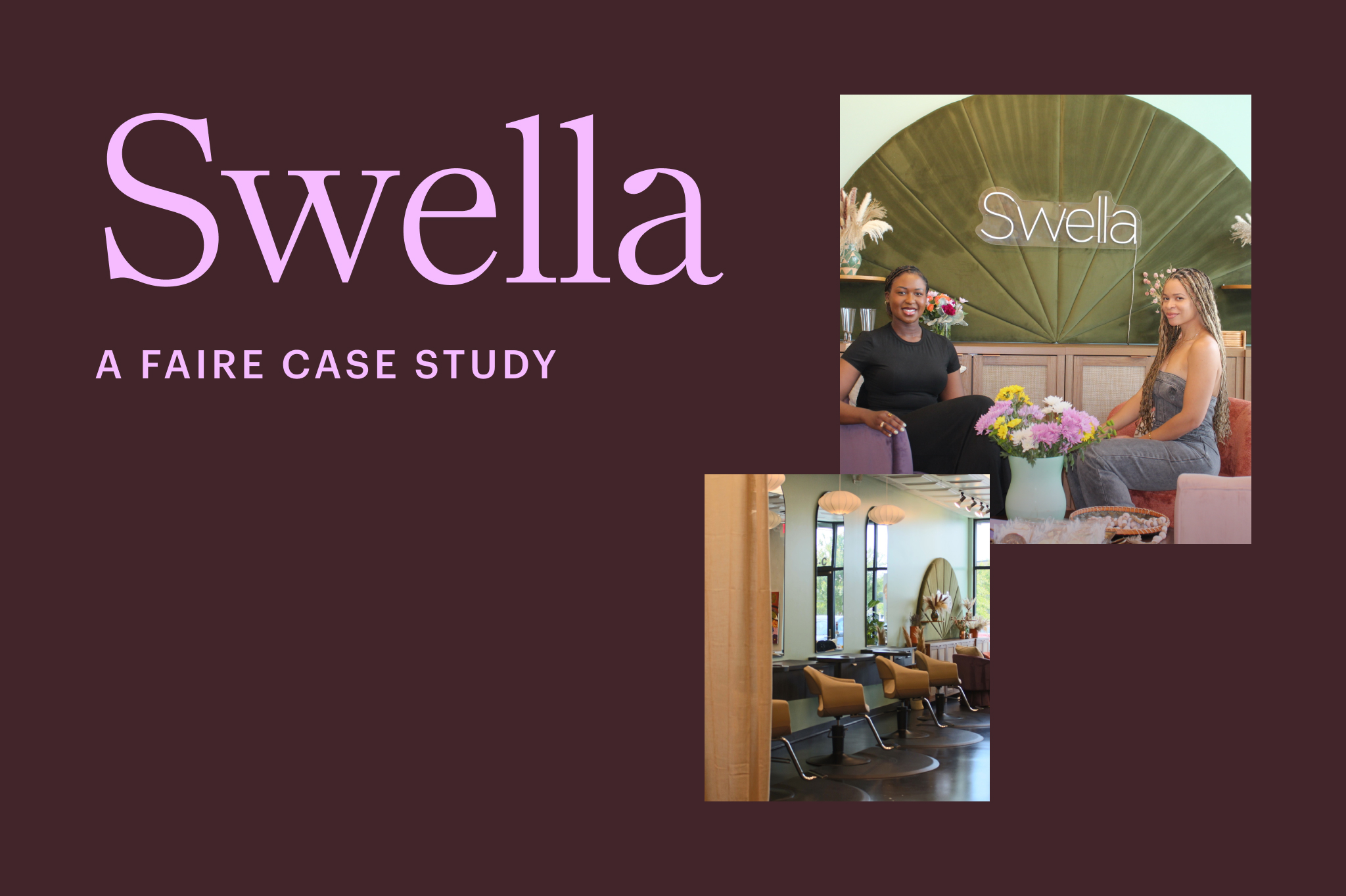

Here’s a surprising (and exciting) new trend: 61% of Gen Z shoppers are more likely to shop at a brick-and-mortar store than online compared with just a few years ago. Maybe they recognize that brick-and-mortar stores have something special to offer over online boutiques: multisensory experiences. Feelings of serendipity and joy can boost sales for you and make in-store shopping all the more rewarding.
One way to make shopping more delightful is the in-store demo, where shoppers can try your goods, see how products work, and discover something new. Below we’ll give you a rundown of what an in-store demo is, what it can accomplish, and how to set yours up for success.
What is an in-store product demo?
A product demo is when you show shoppers, whether through a display or presentation, a product and how it works. It can be as simple as letting shoppers sample some crackers or as organized as an in-store event with an audience and presenter.
There are a multitude of benefits to in-store demos. Here are a few:
- You’re providing shoppers with a sense of discovery: When they walk in and see your demo, they’ll be excited by the chance to find something new. Better yet, research has shown that consumers stay in a store up to 51% longer if it contains multisensory cues, like tastings and showcases.
- You’re in control of showcasing a product you love and believe in. For independent retailers, you have the opportunity to show some personality and curate a unique experience that shoppers can’t find elsewhere.
- You can show people that your products are worth buying. Think: showing that a stain remover really can remove wine or that a moisturizer really does help with dry skin.
- You can get direct feedback from customers in real time. There’s nothing more important than immediate feedback. With in-person product demos, you can hear what shoppers have to say without sending out lots of time-consuming emails and surveys.
- You’ll build personal relationships with new customers. Connecting with customers is a surefire way to build loyalty. These demos give you a chance to chat, network, and show customers that you care.
How to do an in-store demo right
Much of what you’ll need for an in-store demo depends on the products you’re showcasing, but here are a few general rules to keep in mind as you plan.
People prep: Train your team on the products you’re demoing. It may sound simple, but they should know the ins and outs of the brand, how it was founded, and any fun tidbits to bring the brand to life. You might even provide them with a script if the demo is in-depth—be sure to give them plenty of time to practice. They also should know how to use the product to demo it successfully. Finally, they should be ready to listen to and record consumer feedback in real time.
Budget: Make sure it’s within your budget to offer free samples and pay staff any needed overtime for the demo. Also, plan for any marketing endeavors to publicize the event. Will you be putting out flyers? Doing paid social campaigns on Instagram? These should all be line items in your budget plan.
Timing: Be sure to plan your demo when people will be in the store! Take a look at your most popular days and times, and schedule the demo for a window when foot traffic is significant. The length of the demo depends on the product you’re showcasing. If it’s a lipstick try-on station, demos can be pretty quick, but if you’re giving a lot of background on a brand or showcasing a new game that takes time to play, you’ll need to make sure your window allows for it all.
Extras: Will you need a table for your demo? Or perhaps cards printed with brand info? Think about the product demo from start (when a customer walks in) to finish (when they purchase, hopefully). Consider each second of their journey and what might help them understand, love, and want to buy the item—whether that’s having the item already prepped and wrapped as a gift or ensuring you have plenty of napkins for messier tastings.
Creative in-store product demo ideas
This is your chance to let your creativity shine! Here are just a few ideas.
If it’s back-to-school season and you’re highlighting office supplies, try setting up an in-store workstation so shoppers can visualize where products might live in their home office. Fill colorful files with paper and pen cups with top-selling pens. Encourage shoppers to try out the stationery and pens, and maybe even provide some markers and stickers for kids.
If you’re preparing for the holiday season, warm up your shoppers with a hot chocolate stand. Make sure there are plenty of hot chocolate packages and beautiful mugs for purchase. Include cute marshmallows and stirrers too. If your store sells other festive items, like ornaments, wreaths, and menorahs, make sure they’re used as decoration close by. If the hot chocolate company has a cool story or unique maker behind it, be sure to highlight them with a handout or card, or have a staff member available to chat with shoppers about the product and brand.
For beauty and wellness stores, remember that shoppers love hearing from the experts. Hire a makeup artist to come in to teach shoppers how to perfect a cat-eye or all the ways you can use a new highlighter. Or bring in a yoga instructor to teach a five-minute stretch class (on yoga mats you sell). If you don’t want to do a full freebie, perhaps offer those who do the activities a discount on their purchase.
Not sure what to sample? Our Faire Market trends list shows what fellow retailers are searching for and purchasing. Among the most popular are freeze-dried candy, sour candy, dog treats, and cocktail mixers. If you stock those in your store, you’ve got a great place to start.
Final considerations
If you’re looking to inspire shoppers, connect with them, and boost sales on products that drive revenue, in-store product demos help you do it all. In this Raydiant study, they found that “appealing experiences remain the primary driver of in-store shopping. The largest segment of respondents—27.6%—cited the allure of in-store experiences as their primary reason for shopping in stores.” If you can provide a multisensory experience, whether that’s through a sampling, demonstration, activity, event, or class, you’ll build lasting relationships with your customers while improving your bottom line.




